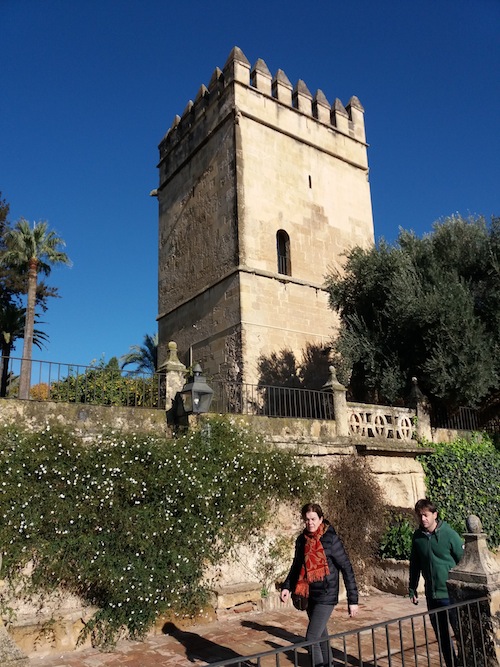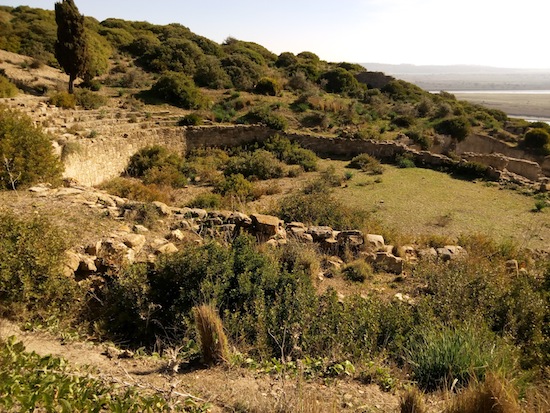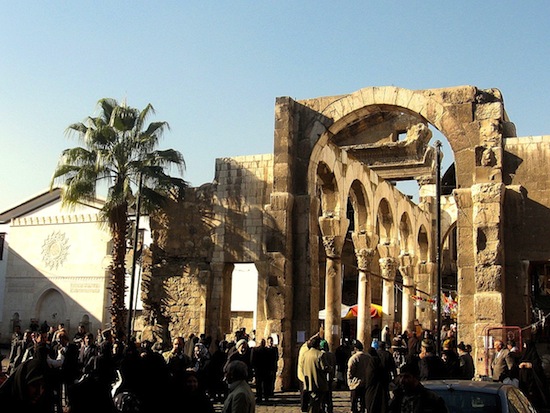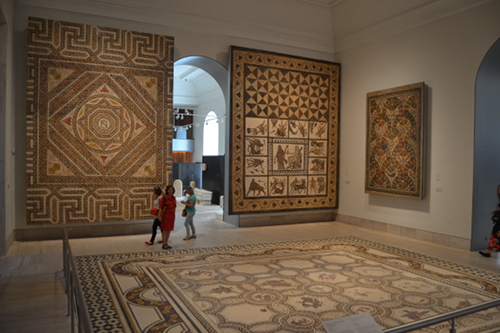The Alcázar of Córdoba: A Spanish Castle Full of Roman Mosaics

In many of Spain’s oldest cities, history comes in layers.
Dominating the southern skyline of Córdoba is the alcázar, a castle that takes its name from the Arabic word for fort, al-qasr. This medieval Christian castle/palace was built atop the foundations of an earlier Muslim palace, which was built atop the foundations of a Visigothic fortress, which was built atop the remains of a Roman governor’s palace, which was built atop. . .who knows?
The earliest structures all but vanished after the Moors expanded the building into a palace with a large garden, which was used by the local rulers until the Christians retook the city in 1236. In 1328, Alfonso XI of Castile began construction of a larger fortress on the site, although he maintained the luxuriant gardens of the Moorish palace as well as building generous living quarters. Even though the Christians demolished the majority of the original structure, the new building looked pretty Islamic thanks to the introduction of the Mudéjar style, an enduring Spanish architectural style that takes its inspiration from Moorish designs. Even some early twentieth century buildings near by house in Madrid are in this style.


